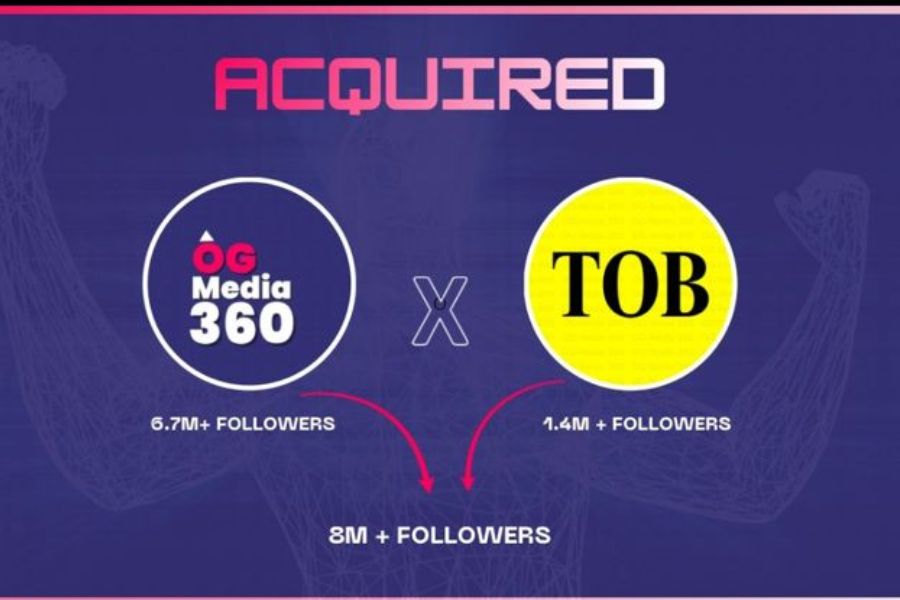In the evolving world of e-commerce, businesses often face a crucial dilemma: should they launch a direct-to-consumer (D2C) website, rely solely on marketplaces, or find a balance between the two? This decision deeply impacts the brand’s online presence, customer engagement, and overall business strategy.
Understanding the advantages and challenges of each option, and how to prioritise business calls and marketing efforts when balancing both, can significantly influence the success of an e-commerce venture.
Building a brand's own D2C website and bringing relevant traffic to it is a crucial business decision for several reasons. It ensures complete control over the brand’s presentation and customer experience. This power allows the creation of a unique and personalised shopping environment that aligns perfectly with the brand’s identity, something that is often limited on third-party platforms.
On the other hand, having a brand presence on marketplaces remains crucial for visibility and competitiveness. Marketplaces like Amazon, Nykaa, Flipkart, and others have massive customer bases that a standalone website might struggle to achieve, especially in the early stages.
This visibility is essential for brand discovery, as it puts products in front of a vast audience that is already in a buying mindset. Data states that few brands made profit more from marketplaces than from their own channels. As consumer choices for different products varied between channels, marketplaces observed a 31.2% growth whereas brand websites saw a 24% YoY rise in order volumes during FY 2023.
Balancing a marketplace presence with a D2C strategy can be challenging but highly rewarding. Marketplaces offer significant advantages, including high traffic, a built-in customer base, and established trust and convenience, making them attractive for driving sales volume and brand awareness. However, these platforms also come with drawbacks such as lower margins, limited brand control, and intense competition.
Alternatively, a D2C approach provides higher profit margins, full brand control, direct customer relationships, and valuable data insights, although it requires significant investments in marketing, logistics, and customer acquisition.
Establishing distinct objectives for each channel
To create a unified strategy, it is crucial to define clear objectives for both channels. For marketplaces, the focus should be on leveraging the large customer base to boost sales and increase brand visibility. For the D2C channel, the aim should be to build brand loyalty, gather customer data, and maximise profit margins.
Ensuring integrated branding and performance marketing strategies across both channels is essential for maintaining consistency in messaging, imagery, and tone. Highlighting unique value propositions in each channel can help differentiate the brand, such as offering exclusive products on the D2C site and promoting bestsellers on marketplaces.
Similarly, a unified pricing strategy is essential for maintaining consistency across all sales channels. By ensuring that prices are the same on the website and on marketplaces, businesses can avoid confusion and potential frustration among customers who might otherwise get discouraged with the purchase after finding discrepancies in pricing. To incentivise more purchases directly from the website, brands can offer additional value-added benefits like exclusive items and/or free trial products.
Maximising visibility across channels
Optimising product listings by incorporating relevant keywords, crafting detailed descriptions, and using high-quality images and videos is crucial for enhancing search visibility and providing a seamless, consistent experience for customers across all platforms. Keywords help products appear in relevant search results, attracting more potential buyers.
Detailed descriptions ensure that customers have all the information they need, reducing uncertainty and increasing the likelihood of a purchase. High-quality images capture attention and convey professionalism, making the products more appealing.
Brands should also leverage data and analytics to refine strategies and improve performance. Marketplace analytics can offer insights into customer behaviour and product performance, while detailed customer data from the D2C site can inform personalised marketing efforts.
Marketing and promotional efforts should be tailored to each channel’s strengths, such as participating in promotional events and using sponsored ads on marketplaces. At the same time they should invest in SEO, awareness campaigns, content marketing, email campaigns, social media, and influencer partnerships for the D2C channel.
Regularly measuring and adjusting strategies based on KPIs like sales volume, CAC, and LTV is essential for continuous improvement. This involves auditing the current presence on both marketplaces and the D2C site, setting specific, measurable goals, and selecting the right tools and platforms to support the integrated strategy.
Measuring spillover effects between D2C and marketplaces through omnichannel attribution and/or using first-party data and control cities is also essential. It helps companies to understand the incremental impact of promotions on each channel.
The synergy between brand identity and brand visibility
Brand identity and brand visibility are two interdependent pillars essential for the sustainable growth of any brand. Brand identity, nurtured through a D2C website, provides the foundation of a brand's unique character, ethos, and customer relationship. It allows for complete control over the brand’s presentation and customer experience, fostering a personalised and engaging environment that builds customer loyalty and trust. On the other hand, brand visibility, significantly enhanced through marketplace presence, ensures that the brand reaches a broader audience and gains immediate recognition in a crowded market.
By strategically balancing both, businesses can use the high visibility of marketplaces to attract new customers while leveraging their D2C platform to deepen relationships, collect valuable data, and maximise profitability. This symbiotic relationship ensures that while the brand is widely seen and discovered, it also maintains a strong, consistent identity that resonates with consumers, leading to long-term growth and success.

Rajeev Garg, co-founder and CCO of ETML




